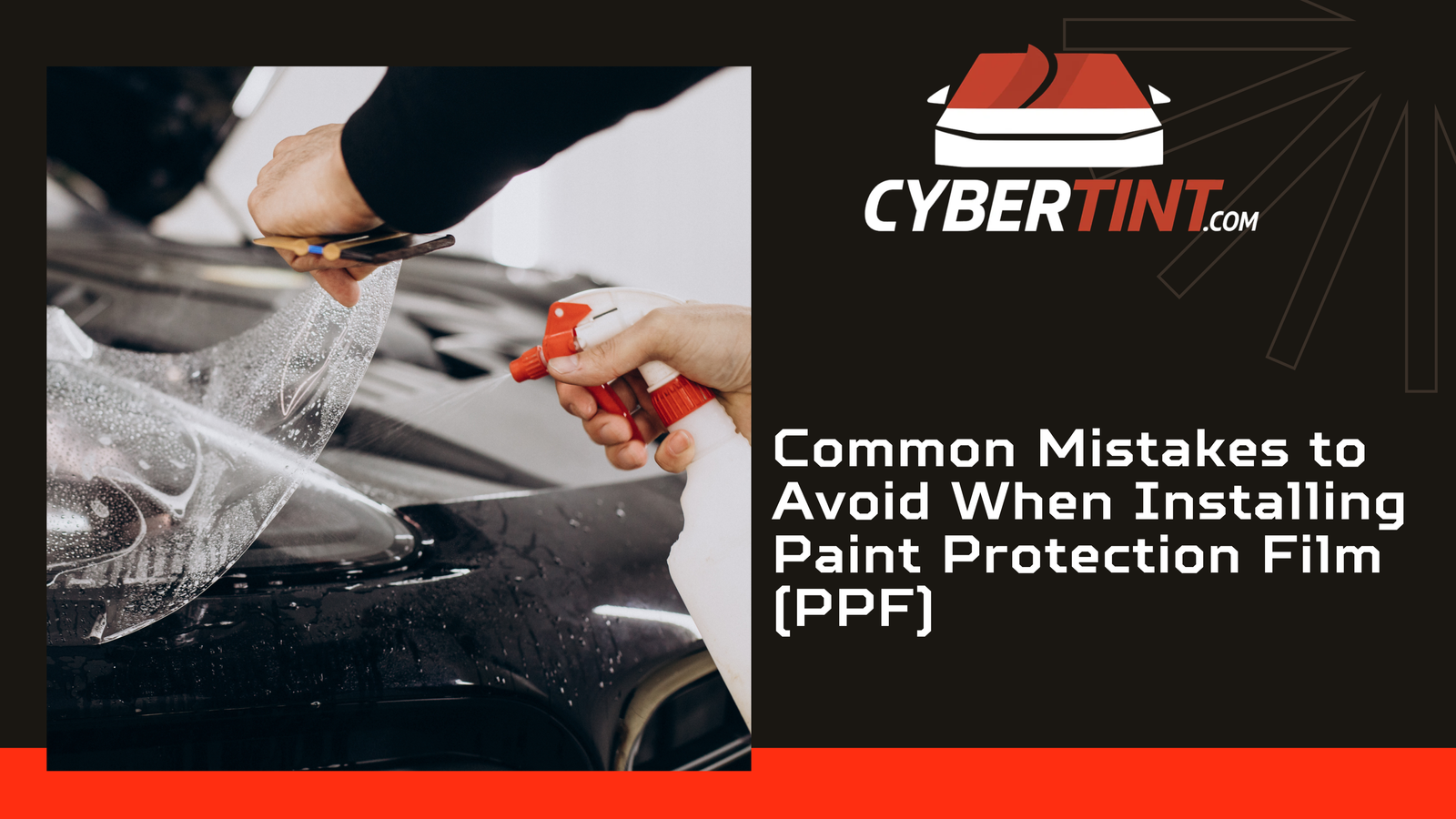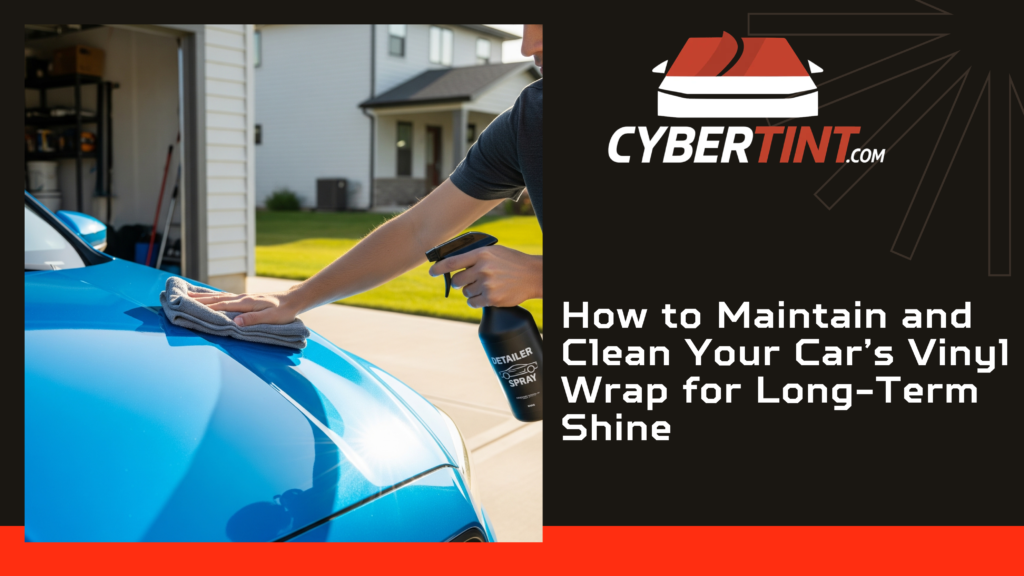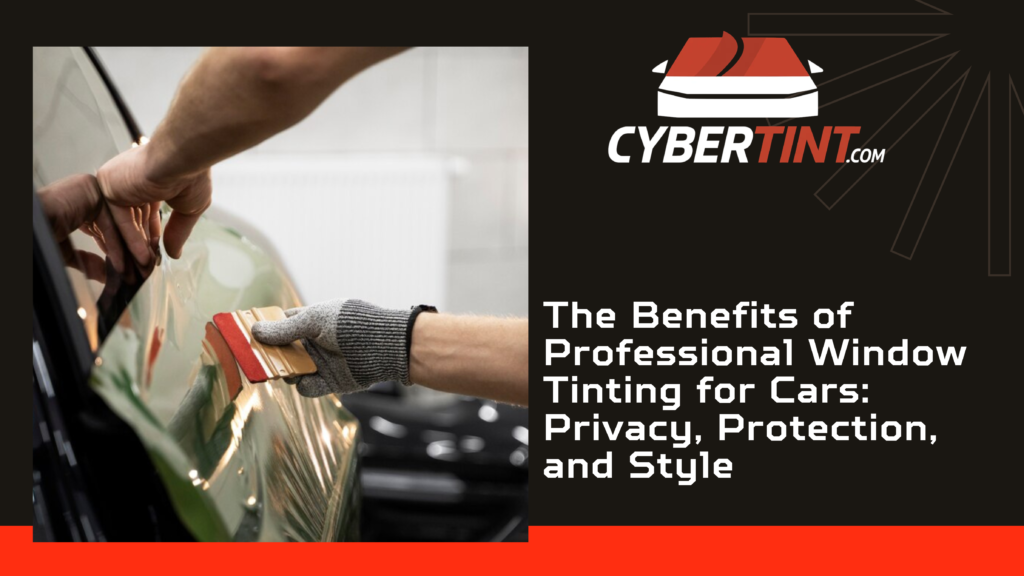Paint Protection Film (PPF) is one of the best ways to preserve your vehicle’s finish against rock chips, scratches, UV rays, and road debris. However, improper installation can not only reduce its effectiveness but also damage your paint job. Whether you’re a DIY enthusiast or hiring a professional, understanding the common mistakes to avoid when installing PPF is crucial for long-lasting results.
Here’s a breakdown of what not to do when applying PPF and how to ensure a clean, seamless application.
1. Skipping Proper Surface Preparation
One of the most critical steps in PPF installation is surface prep. Applying film to a dirty, dusty, or waxed surface leads to poor adhesion and visible bubbles.
What to Do Instead:
- Wash the vehicle thoroughly
- Use a clay bar to remove embedded contaminants
- Apply isopropyl alcohol (IPA) to eliminate oils and waxes
- Ensure the surface is completely dry before starting
Skipping this step often results in peeling edges, poor bonding, or trapped debris under the film.
2. Applying PPF in the Wrong Environment
Installing PPF in an uncontrolled environment can drastically affect the outcome. Dust, temperature, and humidity can interfere with the installation process.
Common Issues:
- Dust particles create bumps under the film
- High heat accelerates curing and limits work time
- Cold weather affects film flexibility and adhesion
Pro Tip:
Always install PPF in a clean, temperature-controlled garage or detailing bay to minimize environmental variables.
3. Using the Wrong Slip or Tack Solution
PPF installation requires a balance of slip-and-tack solutions to position and secure the film. Using the wrong ratio or type of solution can ruin your installation.
What Can Go Wrong:
- Too much slip = film won’t stay in place
- Too much tack = film won’t slide, causing wrinkles or distortion
- Harsh soaps can degrade the adhesive
What to Use:
- A mix of baby shampoo and water for slip
- A water-alcohol blend for tack (commonly 70% IPA to 30% water)
Always test on a small section first and adjust the formula as needed for the brand of film you’re using.
4. Stretching the Film Excessively
One of the most common rookie mistakes is over-stretching the film, especially around curves or tight angles. This can lead to distortion, adhesive failure, or premature peeling.
What to Do Instead:
- Use pre-cut kits whenever possible
- Work slowly around the contours
- Use heat to gently relax the film before forming around tight spots
Remember: PPF is designed to stretch slightly, but excessive tension shortens its lifespan.
5. Poor Trimming Techniques
Sloppy trimming can result in visible edges, paint cuts, or lifted corners. Using dull blades or trimming freehand often leads to mistakes.
Handyman Tips:
- Always use a fresh, sharp blade
- Trim along panel edges or underneath trim where possible
- Don’t cut on the vehicle’s surface; use a cutting tape or trim guide
Precision is key. A clean trim line makes the installation look professional and minimizes dirt buildup.
6. Rushing the Installation Process
PPF installation is not a fast job. Rushing through it often leads to misalignment, trapped air bubbles, and poor adhesion.
Best Practice:
- Take your time during placement and smoothing
- Use a squeegee with overlapping strokes to remove air and water
- Allow curing time before washing or driving (usually 24–48 hours)
Patience results in a better, more durable application.
7. Neglecting Post-Installation Care
Even after a perfect application, poor aftercare can ruin your PPF. Using harsh chemicals or pressure washing too soon can cause lifting or staining.
Aftercare Do’s:
- Wait at least 48 hours before washing the car
- Use PPF-safe car wash products and microfiber towels
- Avoid abrasive waxes or polishes
- Apply a ceramic coating for added protection
A well-maintained PPF can last 5–10 years, keeping your car looking showroom-new.
Final Thoughts
Installing Paint Protection Film can dramatically improve your car’s resale value and preserve its aesthetics, but only if done right. Whether you’re a detailer or doing it yourself, avoiding these common mistakes ensures a smooth, bubble-free, and long-lasting finish.
From properly preparing the surface to using the correct tools and techniques, attention to detail is everything. When in doubt, consider hiring a certified PPF installer for professional results. Contact us today for the best results.




